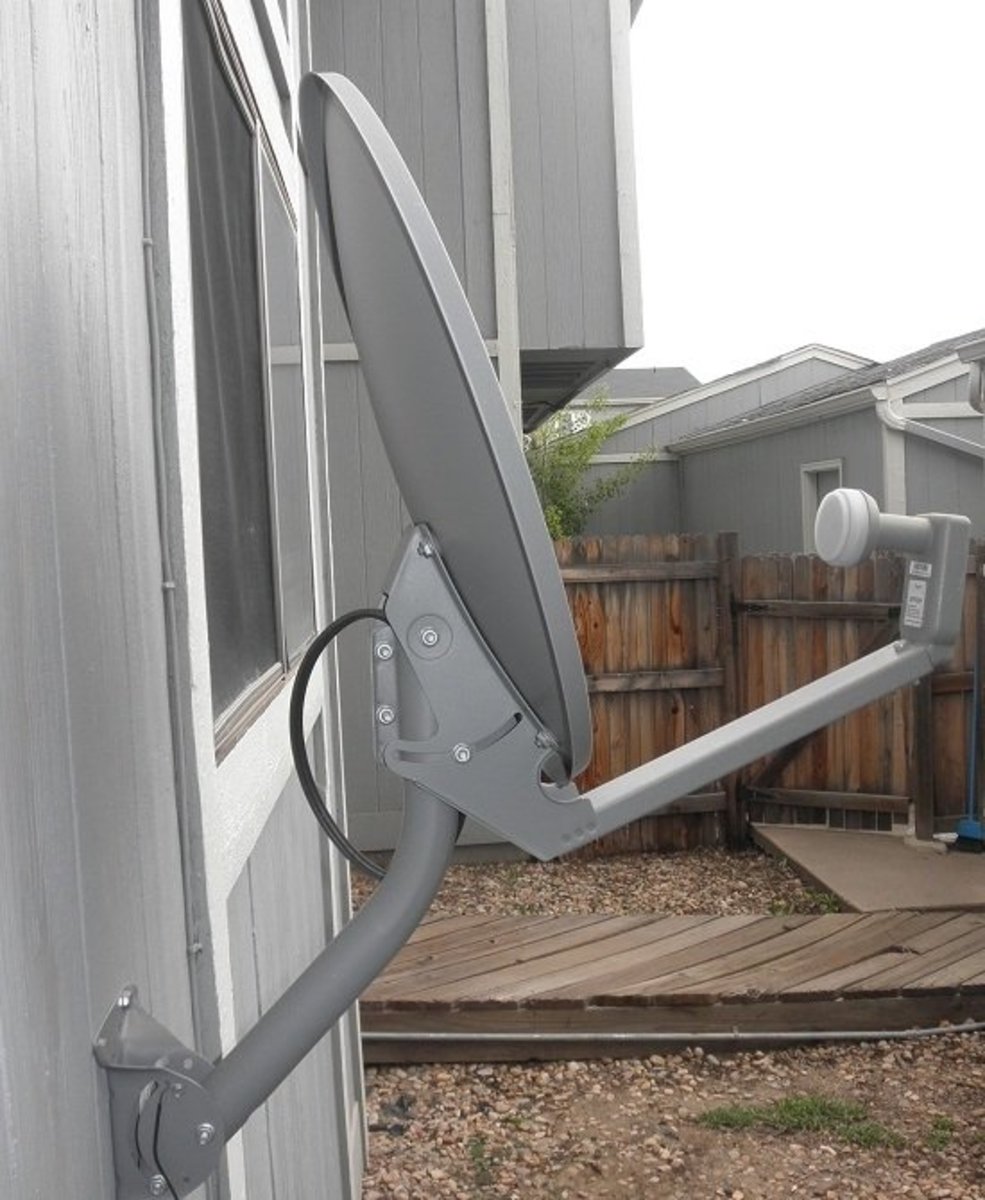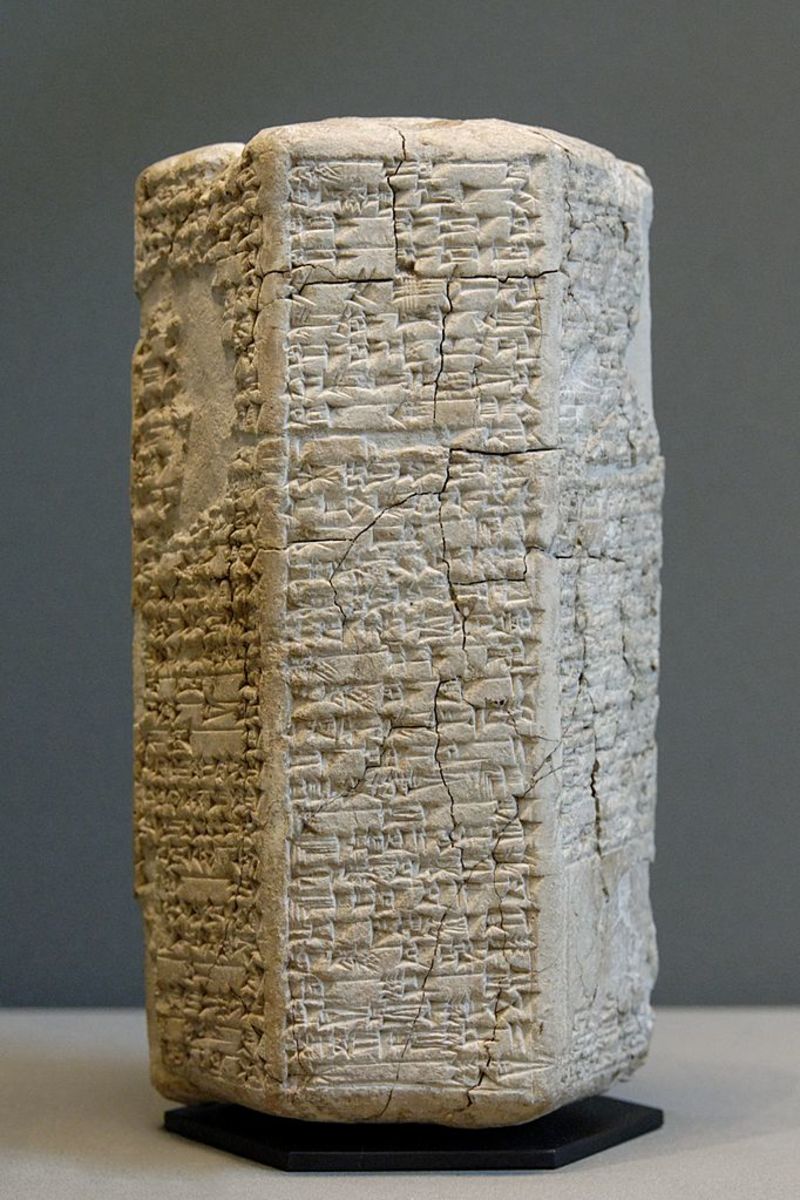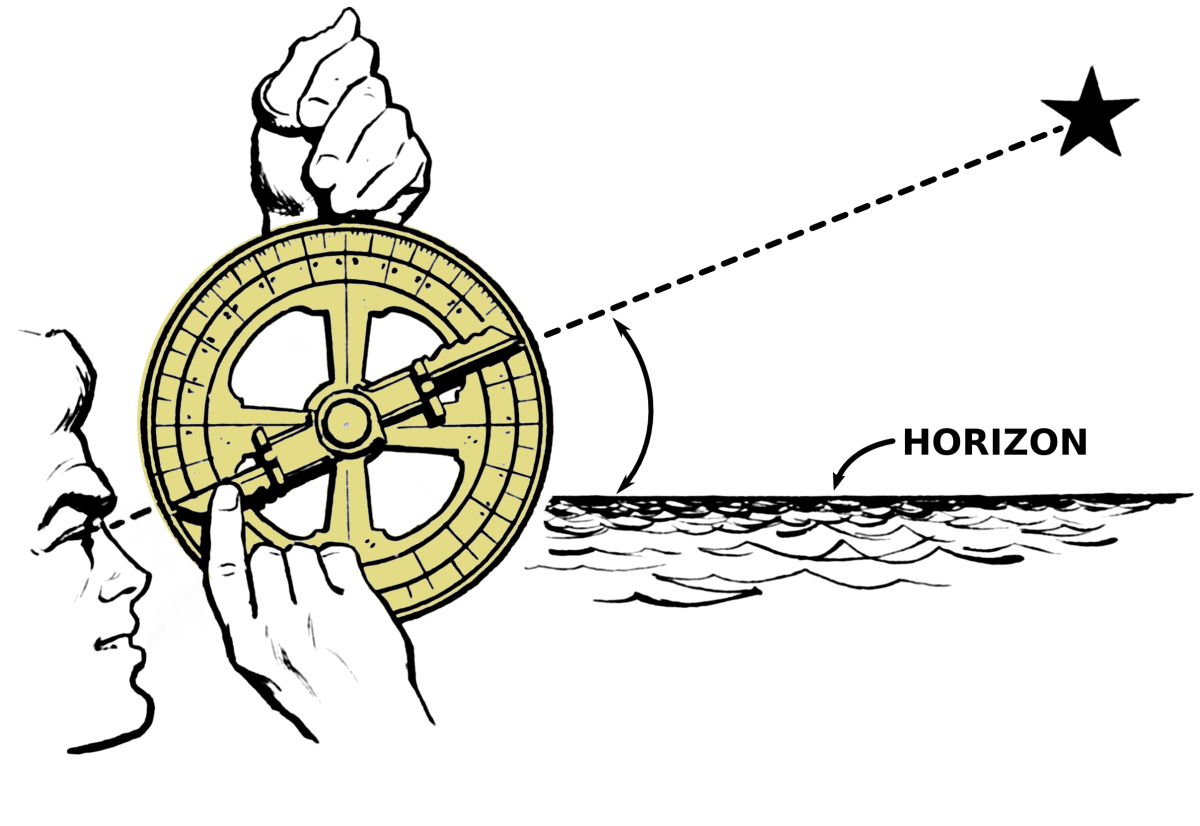The history of the space race
One of the world's most travelled man is the Soviet cosmonaut Valery Ryumin. In October 1980 he returned to Earth from his second long-duration stay aboard the space station Salyut 6, bringing his total time in space to 362 days-almost a full year. During his space trips he went around the world 5750 times, covering 241 million km (150 million miles)-more than the distance to Mars and back.
The radio transmitters which beam information back to Earth from space shots are usually less powerful than the ones used in walkie-talkies or CB radios. The unmanned US Voyager probes launched in 1977, for example. sent back spectacular pictures of Saturn and reams of scientific data across 1200 million km (800 million miles) of space - using transmitters which consumed only 28 watts. This is about half the power used by an ordinary lightbulb. Weight is so important on a space mission that it is cheaper to have very sensitive receivers on the ground than to carry more powerful-but also heavier-transmitters into space.
SIGNAL SENSITIVITY
The radio antennae at US tracking stations which monitor the transmissions from space shots are so sensitive that they can detect incoming signals with a strength of only one hundredth of a million million millionth (10-2') of a watt. This is so weak that if a signal of such strength were collected for the entire 4600-million-year history of the solar system. the total accumulated energy would be enough to light a 7.5 watt Christmas-tree bulb for a mere 1/5000 of a second.
HIGHER FLIERS
Astronauts can be temporarily 50mm (2in) taller at the end of a space flight. The reason is that. without the pressure of gravity. cartilage discs in the spine expand like sponges-increasing the body's total length. For the same reason. people are fractionally taller in the morning - because the discs have expanded during the night.
FLYING DEBRIS
By 1989 there will be some 7000 pieces of space debris - ranging from pebble-size to objects as large as buses-orbiting the Earth. This is the forecast of satellite tracker Russell Eberst of the Royal Observatory in Edinburgh. Scotland. Each year. he states. the number of such pieces increases by up to 400 - starting with the 2100 'space items' tracked by defence radars in 1970. Ten years later the number had risen to 4400. and by the summer of 1983 it was up to more than 4900. Of the objects currently in orbit. only about 1000 are actually satellites. The rest are discarded rocket stages and fragments of rockets and satellites that have broken up.
Although most space debris is burnt up by friction when it enters the atmosphere. there are costly and potentially dangerous exceptions. On January 24. 1978, for instance. a Soviet nuclear-powered satellite, Cosmos 954, crashed over northwestern Canada, spilling radioactive debris, The Canadian government presented the Soviet Union with a $6 million bill for the clean-up operation-of which, after protracted wrangling, the Russians paid half.
Later that year, two French farmers were narrowly missed by a 20kg (44Ib) lump of a re-entering Russian rocket which landed in a potato field. And in July 1979 the 75 tonne American space station Skylab fell in red-hot fragments across parts of Western Aus- tralia. This had its compensation for one young Australian, who flew to California with charred pieces of Skylab to collect a $10,000 reward offered by a San Francisco newspaper, So far, there are two such instances of 'space damage' on record in Britain - both of them in the south of England. The first occurred in 1968, when a piece of a re-entering Russian rocket broke a house window in Southend-on-Sea. in Essex, The second was in February 1979. when part of a disintegrating Soviet satellite made an extra hole in the golf course at the seaside resort of Eastbourne, in Sussex.







